Many people are confused by the £2,500 energy price cap so often mentioned by the media. But what does it actually mean for households throughout the UK?
An energy price cap limits the rates a supplier can charge for their default tariffs.
The actual cap figures are: electricity – 34p per kWh plus standing charge of 46p per day; and gas – 10.3p per kWh plus standing charge of 28p per day.
The daily standing charge varies depending on where you live in the UK, so this value is an average.
It is much higher in Scotland and lower in London – primarily due to different costs to supply homes with power.
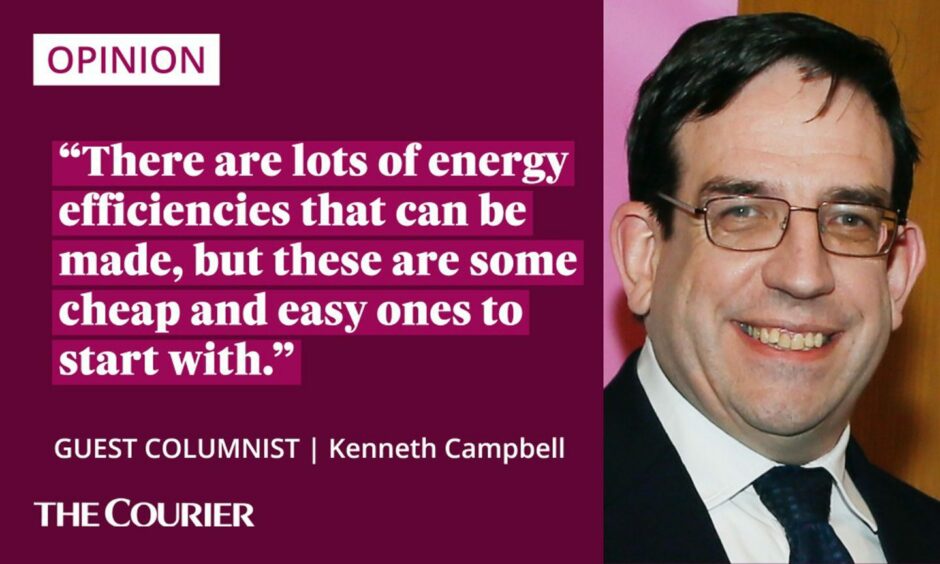
To work out what your annual bill is likely to be, look at how much gas and electricity you use each year (this is on your bill or last annual statement) and multiply by the figures above.
The average UK household uses 2,900 kWh of electricity and 12,000 kWh of gas each year.
This gives a bill of £2,492.10 per year for the average household.
It would have been £3,578.10 before the recent UK Government announcement.
So the direct debit for the “average household” will be around £208 per month.
Energy efficiency can have a major impact on your bills
If you are not using a huge amount of gas and electricity you should not have to raise your direct debit above that over the next six months.
But if it is set below that you may find you will have to pay more at some point in the New Year.
The minimum you should set your bill expectations at is (roughly) £25 per property plus £54 per person living in it per month (children under 13 = half of an adult cost).
The energy price cap does not mean you will not pay more than this figure.
If you use energy irresponsibly you will have to be prepared to pay more.
So, to avoid needless increases the rule of thumb is to use less energy.
To help facilitate that there are some easy and inexpensive tips you can use around the home.
From draft excluders to boiler temperatures – energy efficiency takes many forms
Invest in draft excluders, curtains and smarter heating control systems.
Unplug standby devices (especially device chargers when not in use)
Bleed any air out of your radiators and check the thermostats on them are not turned down below the room thermostat level.
If the radiators are too low the main room (or central) thermostat will never turn off the heating.
Turn radiators down in rooms where there is no central thermostat, especially rooms which are not used and turn down the central thermostat to below 21 degrees.
Check boiler flow temperature is not too high.
Water does not need to boil to be hot enough to radiate heat. This setting will vary depending on your boiler type, and it will be most efficient somewhere between 60 and 75 degrees.
Check boiler hot water temperature is not too high. Fifty-five degrees is high enough for most homes (hot water should not be below 50 as legionella bacteria can grow then).
If you have a hot water cylinder, check its thermostat is not set too high. Between 55 and 65 degrees will be right for most homes.
If your heating is on a clock timer, check the timer is not going on when heat is not needed, or for longer than necessary.
Make sure devices are working for you
Don’t use your tumble dryer unless absolutely necessary. Drying just three loads a week in your tumble dryer will cost you more than £200 a year.
Check the temperature settings on your fridge and freezer.
The higher the number setting, the colder the device will become, but the more energy it will use to maintain that temperature.
Defrost your freezer and check door seals on freezer and fridge are not worn out, allowing cooled air to escape and warm air in.
Turn off lights in rooms that are not occupied and replace traditional lightbulbs with more efficient LEDs.
When using your cooker try to cook with just one pot – potatoes and vegetables can be cooked together, for example.
Only boil as much water in your kettle as you actually need at the time.
Check the oven seal is not worn out and allowing hot air to escape.
And when using your oven, try to batch cook meals for several days at once.
It is cheaper to reheat food in a few minutes than to cook it from scratch.
Slow cookers, air-fryers and microwave ovens can all be more energy efficient than the traditional oven, grill or fryer.
These cheap and easy moves will give you some control
Insulation is the biggest potential energy saver.
A poll last month found 38% of people wrongly believed their energy bill “cannot exceed £2,500 a year”.
Now our investigation has found over 100 potentially misleading claims about the Energy Price Guarantee, which may have fuelled this confusion👇https://t.co/ErQI8mZa7J
— Full Fact (@FullFact) October 27, 2022
Check you have plenty of insulation in your loft and any void spaces in your home.
If you have single glazed windows consider installing thermal insulating window film, or a polythene window screen to reduce heat loss through the glass.
There are lots of energy efficiencies that can be made.
But these are some cheap and easy ones to start with.
If you action most of these steps you will undoubtedly make inroads in to reducing the amount you have to pay to your energy company.
Kenneth Campbell is chairman of the Perth-headquartered Energy Efficiency Association, a UK trade association set up in 2018 to help coordinate communication and collaboration within the field of energy efficiency. He is co-founder of the National Energy Efficiency Awards.
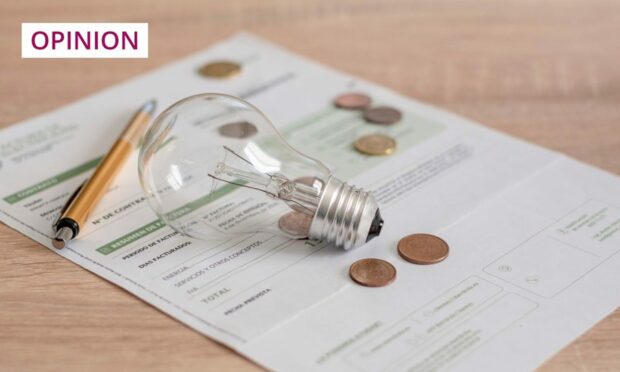
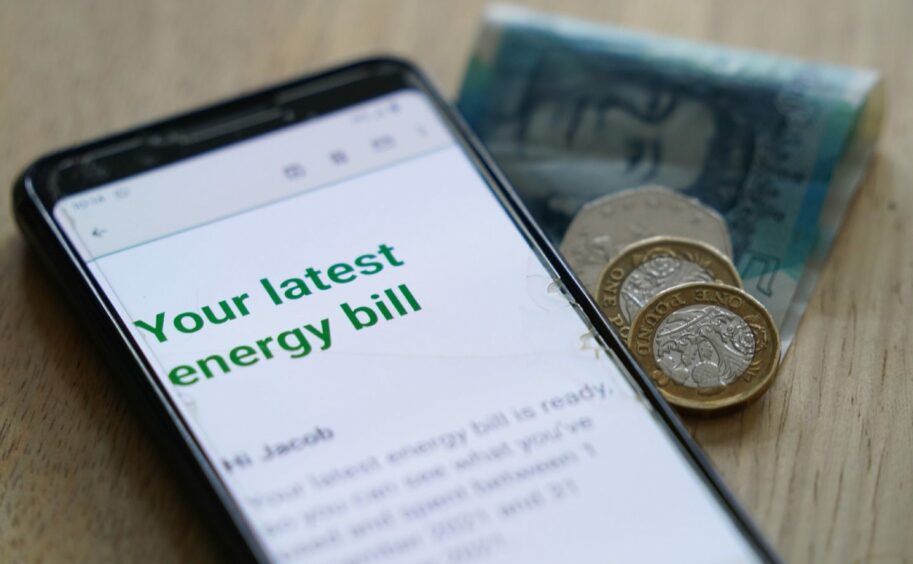
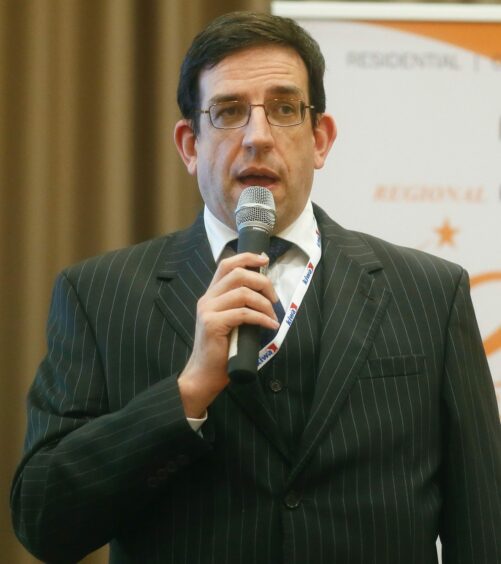
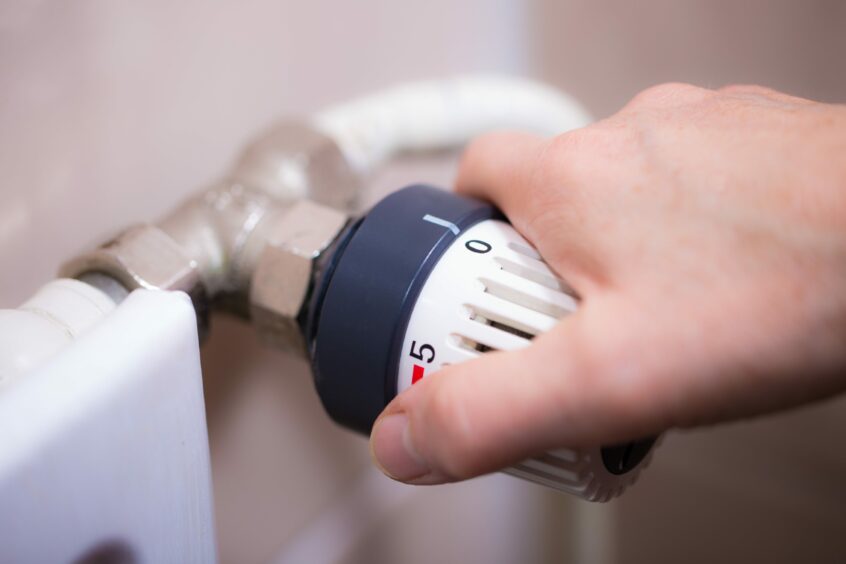
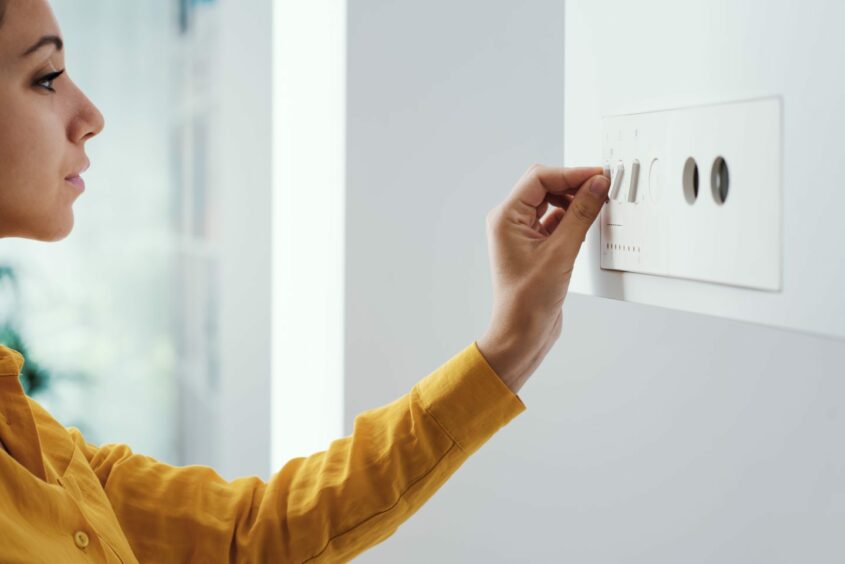
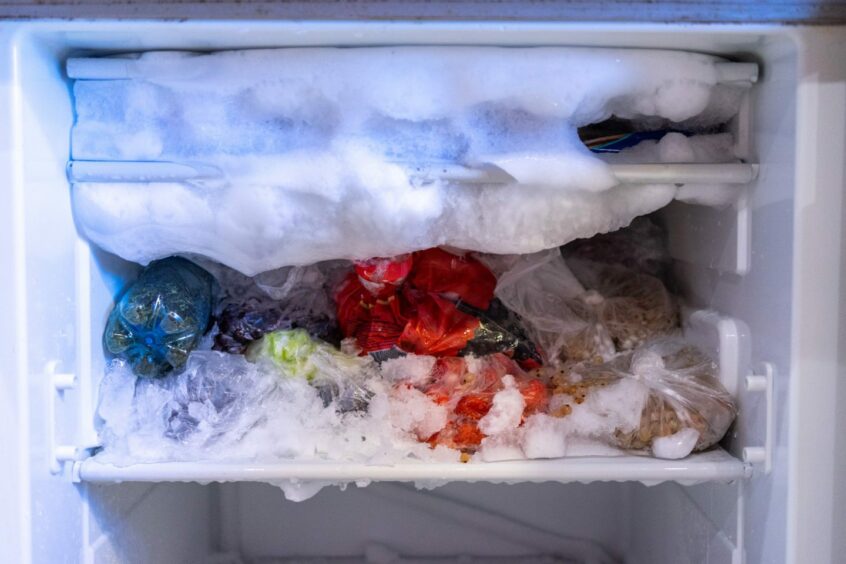
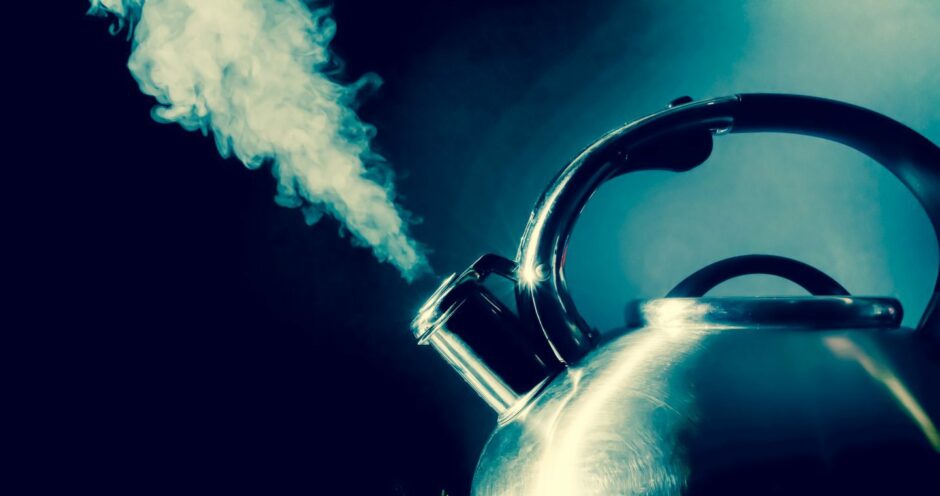










Conversation